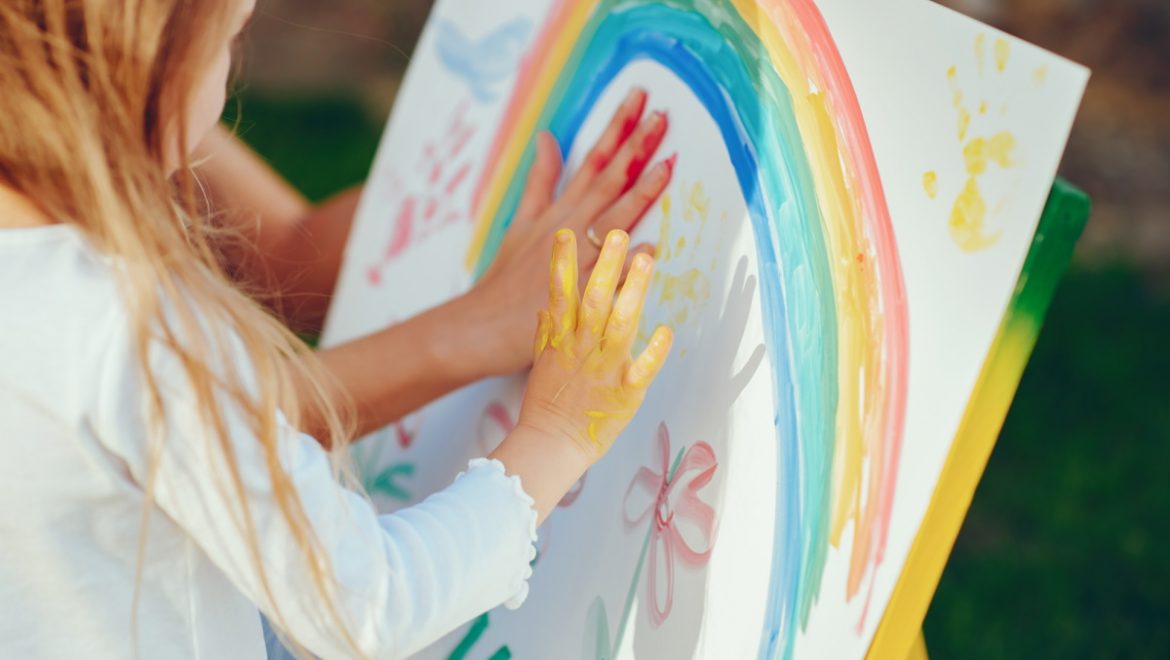Early years education methods and teaching strategies? Which one is the best? (Montessori, Steiner Waldorf nurseries, Reggio Emilia, Forest schools, Outdoor nurseries)
One of the most common concerns and perhaps one of the most frequently conversed topics amongst young parents is what’s the best educational approach within the early years setting. There are so many different methods and so much information nowadays that it can be overwhelming to make the right decision. We constantly hear about raving comments about one method or the other, numerous pros and cons for each one and yet it’s not getting any easier to decide on the best one. Is there one method superior or is it a combination of different methods with regard to your childs needs and interests the best approach?
Montessori
Montessori is a child-centered method of education based on self-directed activity, hands-on learning and collaborative play. This method is most common for early years though some schools use the method for older students too.
Montessori teaching method emphasizes independence and views children as naturally eager for knowledge and capable of initiating learning in a well-prepared and sufficiently supportive learning environment. It aims to nurture each student’s natural desire to learn and understand the world around them.
Waldorf /Steiner Education
The Waldorf philosophy uses distinct learning strategies for each of the three developmental stages, which last from birth to age seven, seven to 14, and 14 to 21 years of age.
This educational philosophy aims to create well-rounded students by offering a holistic education of academics, art, music, physical education, social education, and emotional education. Students in the first stage of development learn best through unself-conscious imitation and opportunities for imaginative play.
Reggio Emilia
The Reggio method suggests that students form their personality in the early years and focuses on teaching children to express themselves through painting, sculpting, and drama. Children are encouraged to learn through experiences like listening, moving, touching and observing.
The Reggio Emilia educational philosophy focuses on student-centered and self-guided curriculum with a focus on relationship-driven environments. Teachers are viewed as “co-learners” and observers to the children’s self-driven curriculum.
Forest Schools
Nature schools do not have a single overarching philosophy. The educational model is based on delivering a traditional preschool education experience in an outdoor environment. Students learn empathy, motor skills, communication, and creative play by interacting with the natural world.
As you’ve seen, there are a number of educational models for preschool and early childhood education. The above-mentioned methods are only few of the various different theories and approaches that are available and are amongst the most popular. Choosing the right educational method can be a complex decision due to the amount of information available.
In Supercali, we combine the teaching philosophies of early educational philosophers such as Montessori and Vygotsky with modern research on child development and learning. We also take inspiration from the Early Years Foundation stage principals and try to keep up to date with the new developments in early years teaching. We believe that all children learn differently and at a different pace and an enabling environment plays a key role in supporting children’s learning and development. We are trying to promote the learning of English through language immersion and play.

